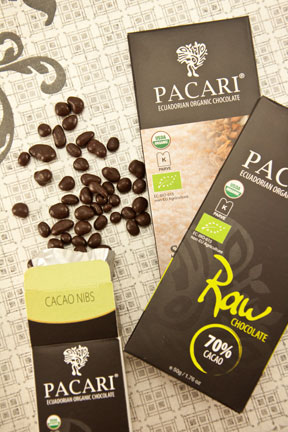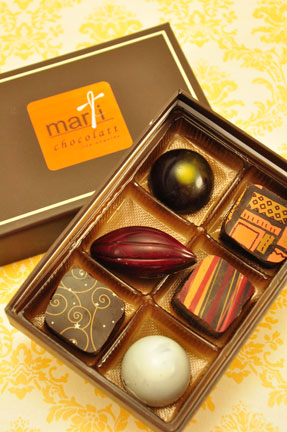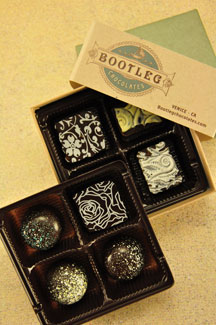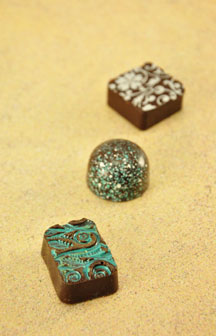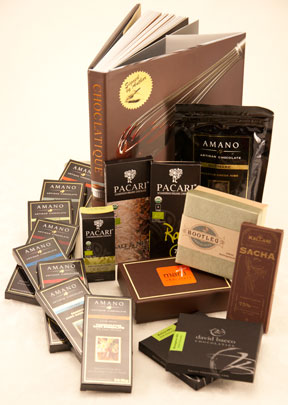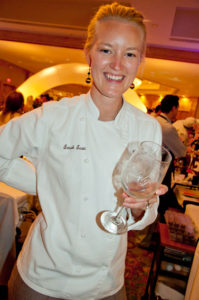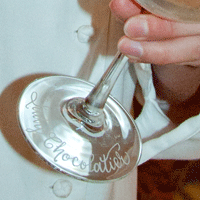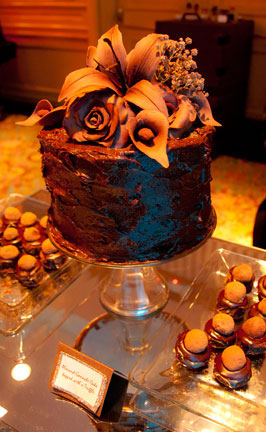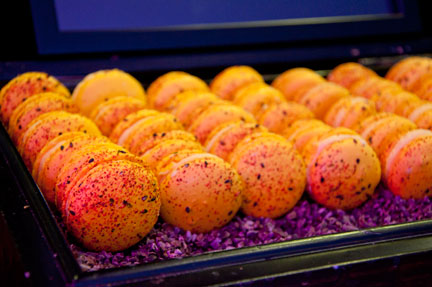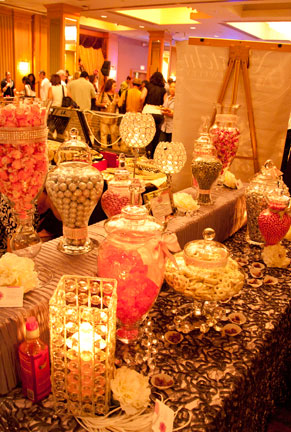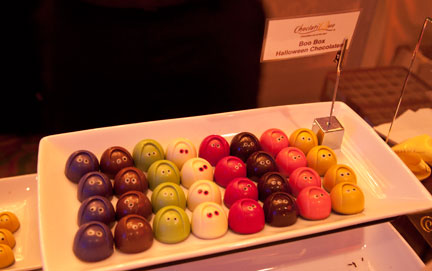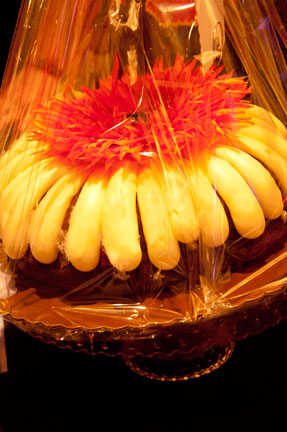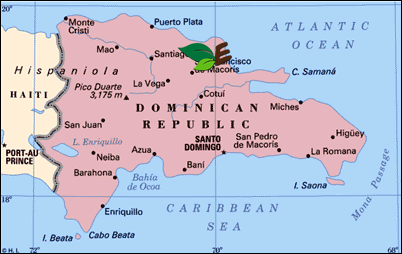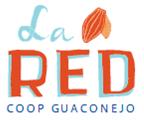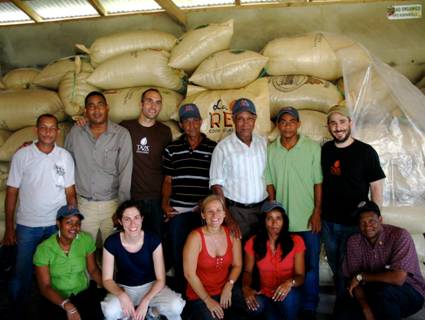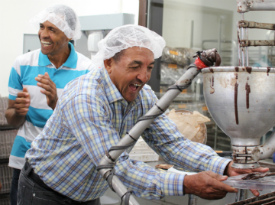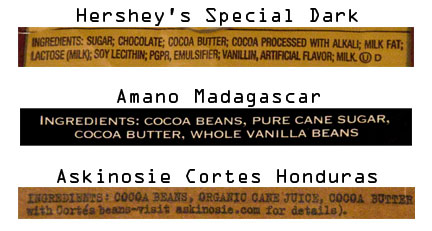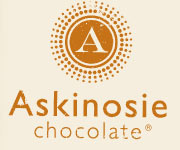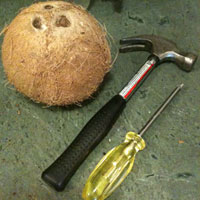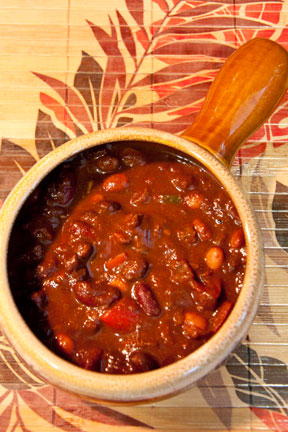 I always wanted to try making chili with beer and chocolate and this actually turned out awesome so I’m happy to share the recipe with you! A couple of things first, I usually make chili with ground turkey or chicken but I thought beef was a must with the inclusion of beer and chocolate. I’m a firm believer of “if your gonna go, go all the way” so I decided to use sirloin and a lot of it. This is Chili for a crowd for sure, a crowd of meat eaters. Also those who appreciate chili with a kick! If you want to tone it down I suggest using half the amount of chili powder or omitting the cayenne.
I always wanted to try making chili with beer and chocolate and this actually turned out awesome so I’m happy to share the recipe with you! A couple of things first, I usually make chili with ground turkey or chicken but I thought beef was a must with the inclusion of beer and chocolate. I’m a firm believer of “if your gonna go, go all the way” so I decided to use sirloin and a lot of it. This is Chili for a crowd for sure, a crowd of meat eaters. Also those who appreciate chili with a kick! If you want to tone it down I suggest using half the amount of chili powder or omitting the cayenne.
Recipe: Meaty Sirloin and Stout Chili
Summary: Sirloin, Stout, Spicy, Cocoa
Ingredients
- 3tbl olive oil
- 4 garlic cloves
- 1 large onion
- 3 lbs cubed sirloin
- 4 peppers of variety; (1 each- red bell, jalapeno, red Anaheim, and poblano)
- 18oz Rogue Shakespeare Oatmeal Stout
- 1t better than bouillon
- 1/2c brown sugar
- 6oz can tomato paste
- 28oz can crushed tomatoes
- 4tbl chili powder
- 3tbl unsweetened cocoa powder
- 1tbl cumin
- 1tbl cayenne
- 2t coriander
- 2t oregano
- 14.5oz can of diced tomatoes
- 3 cans of bean variety (black, kidney, pinto)
Brown sirloin in 2tbl olive oil with garlic and onion over medium heat in a large frying pan, about 10 minutes. Meanwhile in large stock pot(8 quarts), add remaining 1tbl olive oil and all four diced peppers, saute for about five minutes. Add beer and heat to boiling, then add bouillon and brown sugar and heat until dissolved and boiling again. Next add tomato paste and stir until dissolved and bring to a boil once more. Then add the crushed tomatoes and the following six spices, then the sirloin mixture. Heat to boiling again and then cover and simmer for one hour. Lastly, add the diced tomatoes and beans and simmer a half an hour longer.
Preparation time: 1 hour(s)
Cooking time: 2 hour(s)
Number of servings (yield): 12
 Shopping is the first step in cooking, obviously you can sub different types of peppers/chili’s here, depending on your palate for spicy and seasonal availability. I chose a slight color variation and some somewhat mild peppers. The next very important step is chopping everything up BEFORE you start. I know my tenancy is to just get on with it, but the last thing you want is the meat burning while your chopping up peppers! Use caution when chopping hot peppers by using food safe gloves while handling and core their center and seeds. I like to let a few seeds wonder in to add a little flair.
Shopping is the first step in cooking, obviously you can sub different types of peppers/chili’s here, depending on your palate for spicy and seasonal availability. I chose a slight color variation and some somewhat mild peppers. The next very important step is chopping everything up BEFORE you start. I know my tenancy is to just get on with it, but the last thing you want is the meat burning while your chopping up peppers! Use caution when chopping hot peppers by using food safe gloves while handling and core their center and seeds. I like to let a few seeds wonder in to add a little flair.
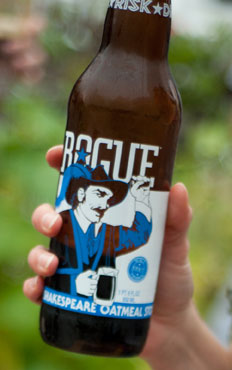 I think stouts pair nicely with both beef and chocolate. I also tend to favor stouts with only subtle espresso notes, because I am not a huge coffee fan. Lately I have really taken a liking to Rogue, an Oregon based brewery that’s been around since 1988. I chose their Shakespeare Oatmeal Stout not only for the mellow espresso and chocolate flavors, but it’s roasted oat and sweet molasses flavors as well. This is a dark beer with serious drinkability, which is why I also featured it in a pairing for Choctoberfest. Rogue also has an awesome Chocolate Stout which could be used in this recipe if you’d like to omit the cocoa powder.
I think stouts pair nicely with both beef and chocolate. I also tend to favor stouts with only subtle espresso notes, because I am not a huge coffee fan. Lately I have really taken a liking to Rogue, an Oregon based brewery that’s been around since 1988. I chose their Shakespeare Oatmeal Stout not only for the mellow espresso and chocolate flavors, but it’s roasted oat and sweet molasses flavors as well. This is a dark beer with serious drinkability, which is why I also featured it in a pairing for Choctoberfest. Rogue also has an awesome Chocolate Stout which could be used in this recipe if you’d like to omit the cocoa powder.
To thoroughly incorporate each ingredient, I decided to add them only a few at a time and return to boiling each time. This helps every flavor reach it’s full potential to increase the complexity of the finished product and creates a nice thick base sauce. I decided to try out this all natural bouillon paste, Better Than Bouillon. This beef base is minimally processed, has reduced sodium and is MSG free. One teaspoon equals one traditional bouillon cube or an 8oz. can of broth. With three pounds of sirloin and a nice “meaty” beer, I’m not sure bouillon is a crucial ingredient. Then again, I’m no chili expert.
 The longer you simmer the pot full of sirloin, the more tender it will become. Always remember the beauty of chili is its ability to easily except change. Pick your favorite beans to add! I love a variety of color and texture, I chose black, kidney, and pinto for this batch. The more I cook the more I find that recipes are just a guide line for me. This chili happened to be so tasty, hearty and kickin’ that I just really wanted to share it with you. Feel free to try a beer that you prefer, spice to taste and add toppings like cheese, sour cream or avocado. The possibilities are endless and with Fall in full swing a warm bowl of chili is so comforting. Happy Cooking!
The longer you simmer the pot full of sirloin, the more tender it will become. Always remember the beauty of chili is its ability to easily except change. Pick your favorite beans to add! I love a variety of color and texture, I chose black, kidney, and pinto for this batch. The more I cook the more I find that recipes are just a guide line for me. This chili happened to be so tasty, hearty and kickin’ that I just really wanted to share it with you. Feel free to try a beer that you prefer, spice to taste and add toppings like cheese, sour cream or avocado. The possibilities are endless and with Fall in full swing a warm bowl of chili is so comforting. Happy Cooking!
